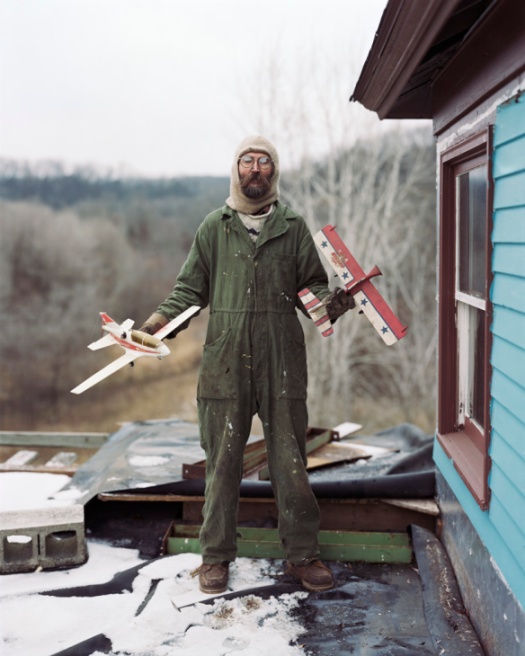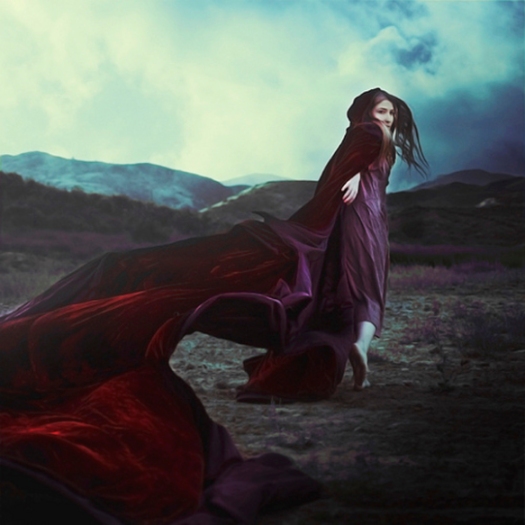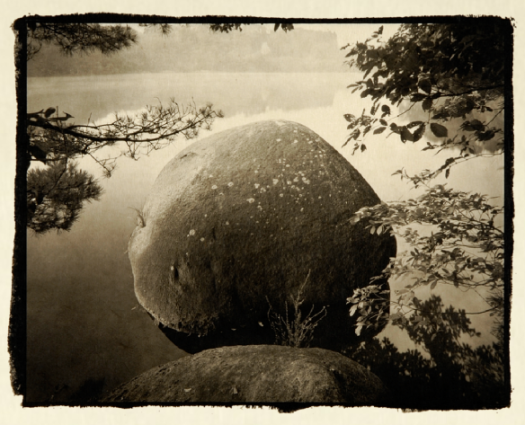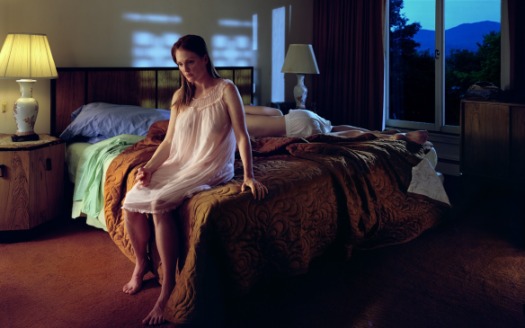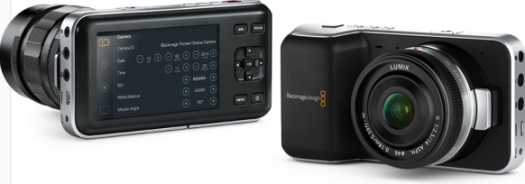
I’ve been interested in film making for a very long time, almost as long as I’ve been interested in photography. I never really engaged in film making in a meaningful way but it’s something that always has stayed in the background as something that I pay attention to.
I have yet to figure out how to integrate film making and photography. While the skills of making a still image and framing a film shot may be complementary (see Greg Crewdson’s work as an example) if you’re taking video your not taking photographs and vice versa. Of course increasingly the DSLRs that we have a very capable video cameras making this back and forth much easier. I’ve seen some photographers talk recently about the ‘long still’, videos that were taken with the same set up that had been used to take a still. Easily done once you’ve got the image you were interested in, just a button push away. Something to think about and experiment with if you haven’t already.
I’m more interested in documentary film making, particularly telling the story of people making things – explorations of artists and their process is a particularly appealing topic to me. Of course I could use DSLRs to do this but my imagination was captured by the possibilities with the iPhone and in particular the app FilmicPro.
To see what people have been able to achieve using the FilmicPro app check here.
There also some third party add-ons that help when using the iPhone as a video camera. Susan Roderick from CreativeLive reviews some of the better ones here.
As I was packing my gear into the car after photographing at a beach in California a few weeks ago a couple arrived and unpacked their camera gear. They had what looked like an iPhone on a video tripod I of course asked what the camera was – it turned out to be a black magic pocket. I’d seen ads for the Black Magic cameras but wasn’t familiar with the pocket model.
The pocket camera body is essentially the size of an iPhone but capable of hi-res video and very flexible in terms of third party add ons. The pocket camera has four thirds lens mount but using available adapters you could use your existing lenses on the camera. This then starts to sound very interesting indeed – high quality digitial cinema cameras without any need to buy new lenses. The pocket black magic camera isn’t much bigger than an iPhone and could easily fit into my camera bag.
You have to jump up to the ‘regular size’ Black Magic cameras are capable of recording 4K video, the resolution where it starts to be possible pull a single frame and use that as a large print. Check out this link for more about that. Hopefully this will soon make it’s way into the pocket model too.
I’m surprised that I haven’t heard more about this idea of pulling stills from video, perhaps I’ve just had my head in the sand and ignored this as an option but I anticipate hearing more about this as the technology improves and the price continues to drop. It certainly seems worth exploring and solves the problem of how you could integrate film making with photography.

